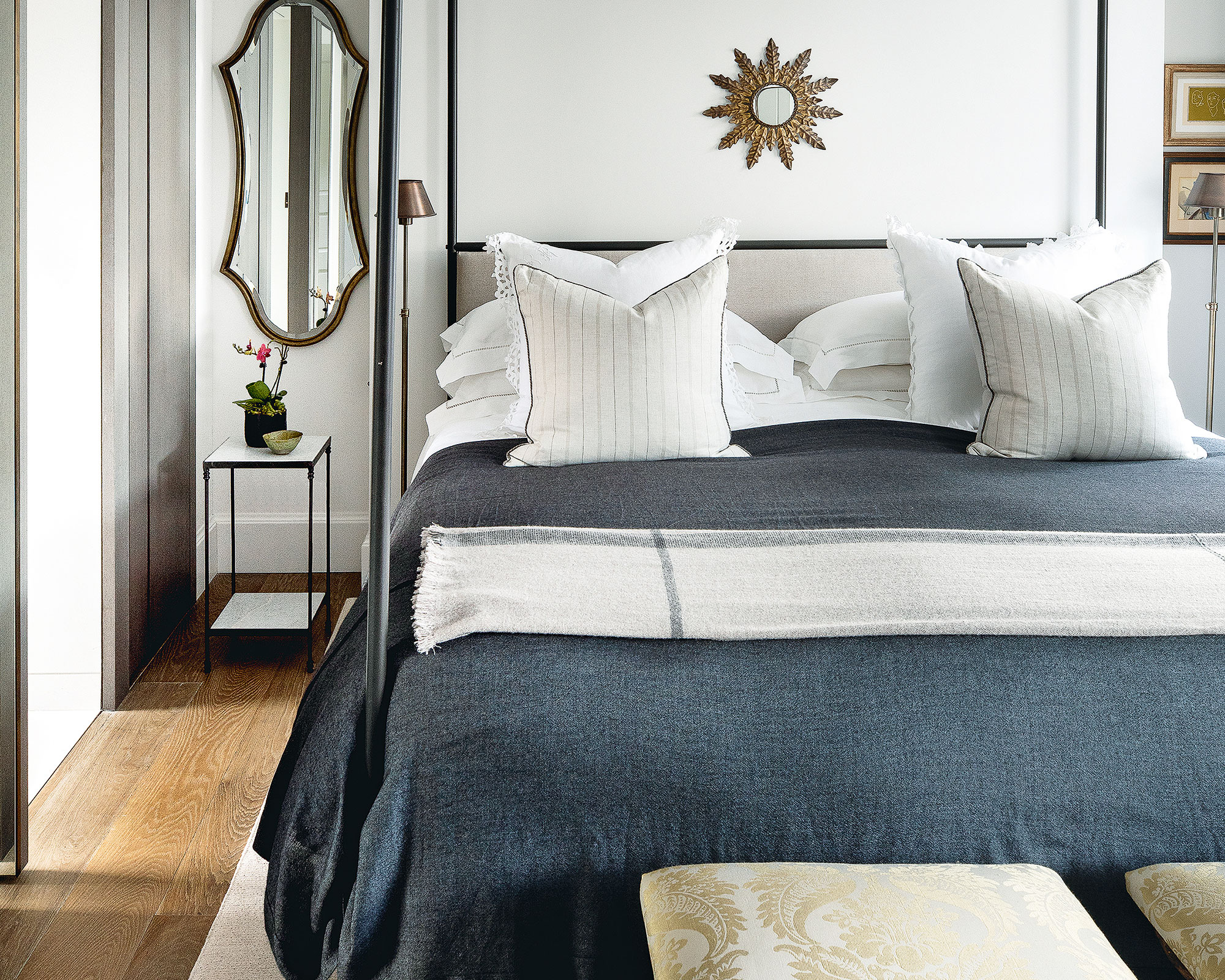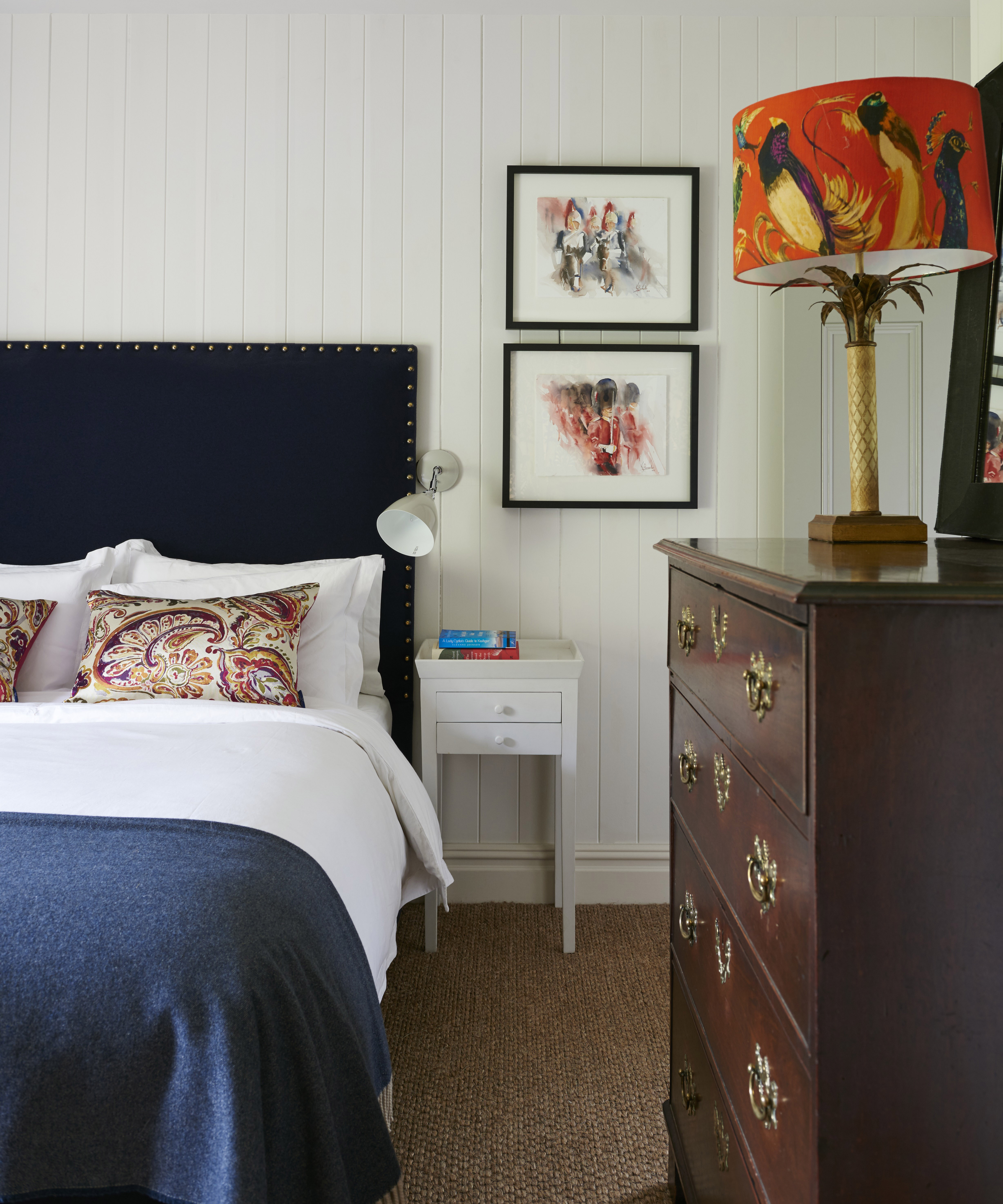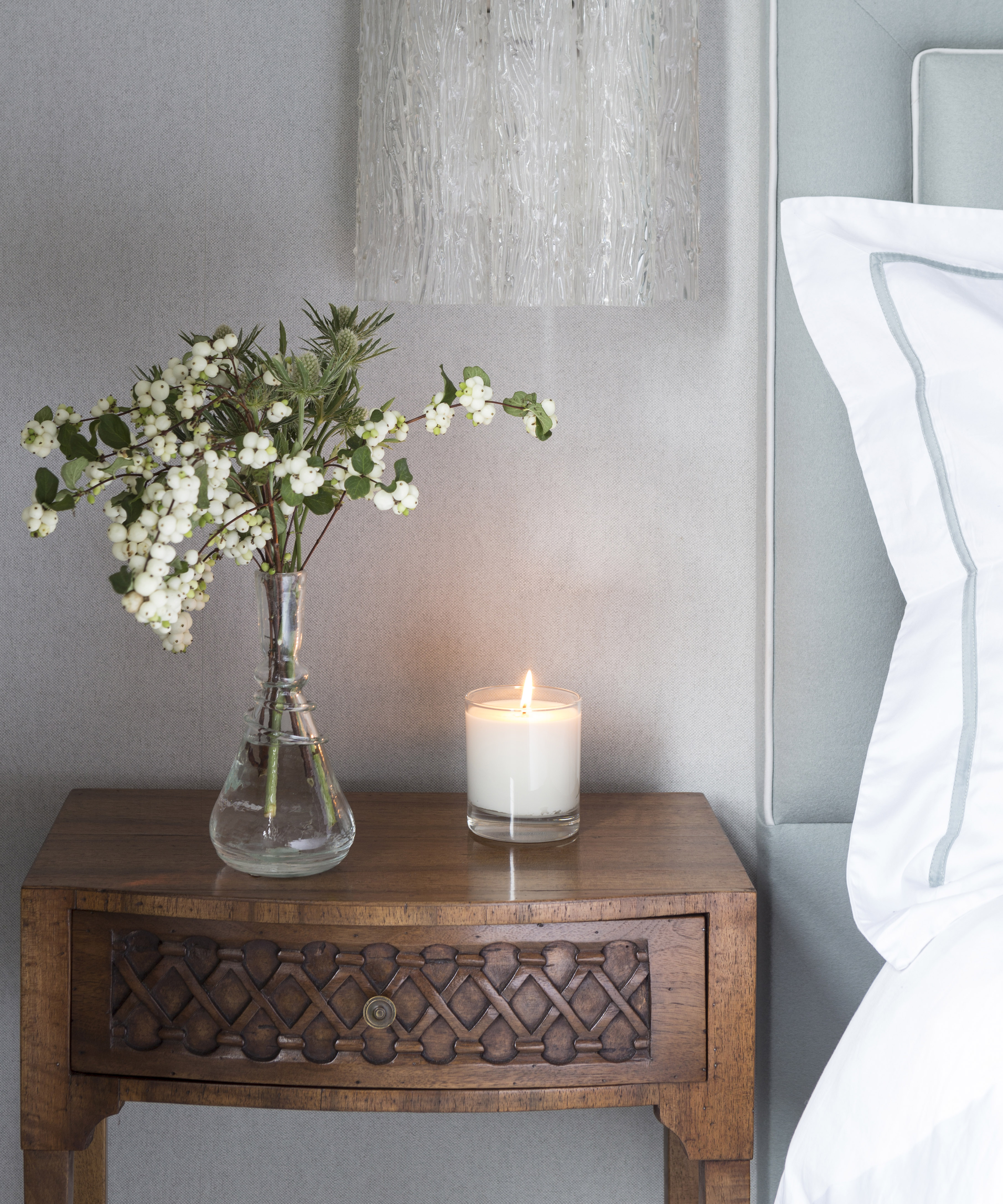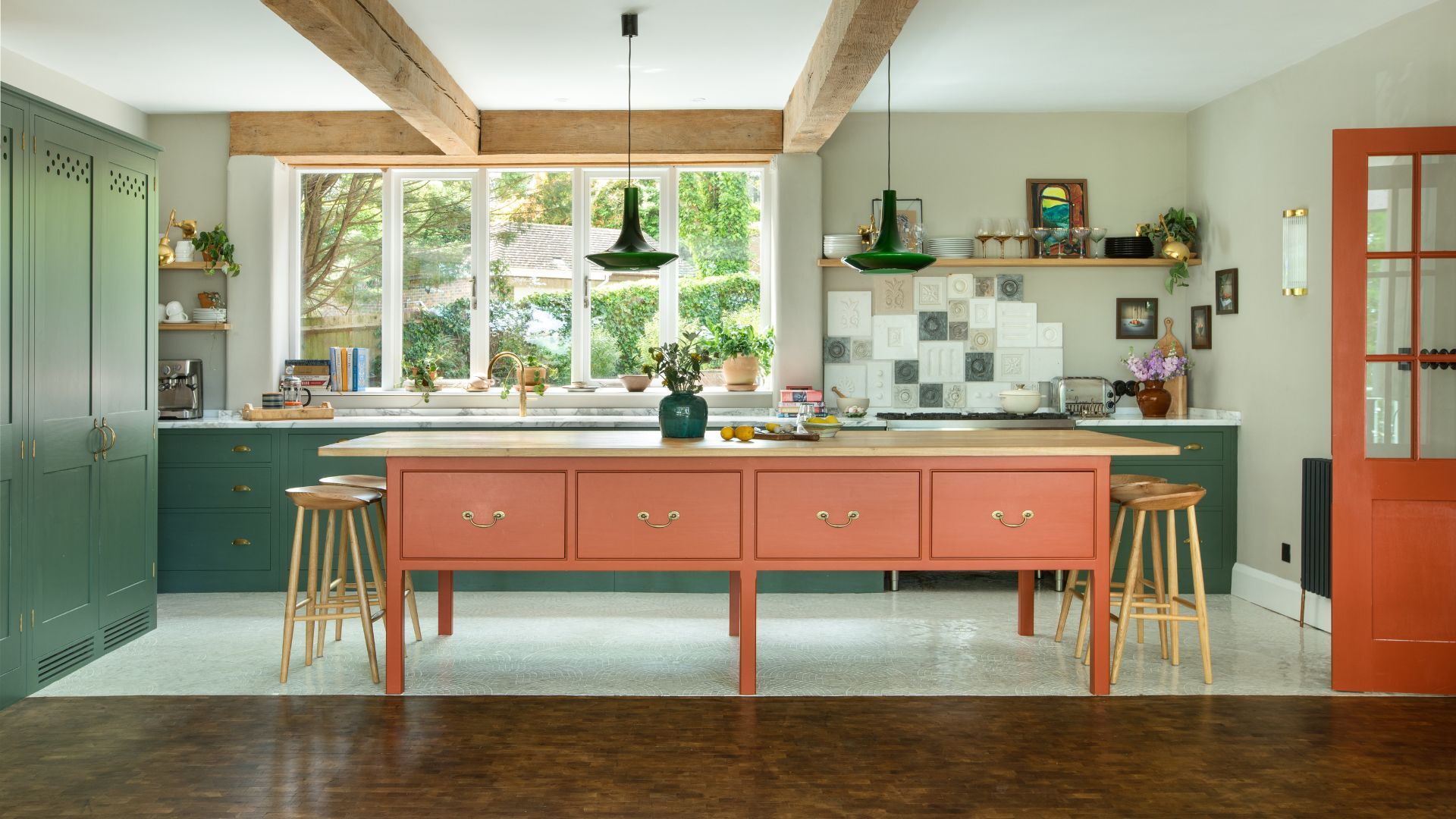Bobby Berk explains why you should never match your nightstands
The Queer Eye star has shared the secret to mixing wood in the bedroom, including what to avoid


Nightstands are a bedroom essential, but Bobby Berk has a way to make them less of a functional necessity – and more of a statement.
Sharing his interior design tips via his blog, Bobby discussed the art of mixing materials – particularly wood – and how creating a contrast with tones will transform your space. But how does this impact your nightstand? Here, the designer explains all.
‘I always recommend mixing up materials when pairing your bedroom furniture,’ Bobby shared when asked if wooden nightstands need to match.

1. Mix and match your nightstands
He expanded on the common nightstand design mistake, sharing that a ‘mix and match approach will feel a lot more unique (and interesting) than a matching bedroom set.' This is because it allows you to create a contrast. Nightstands are the perfect way to make a statement as you can place different shades of wood, so they sit symmetrically opposite one another.
2. Choose the right wood for your nightstand
And, as Bobby Berk emphasizes, it is important not to choose woods that are similar as they ‘tend to look a design mistake when placed together.’
‘Instead, try pairing lighter and darker together, whether it’s brown, grey whitewashed, ebony, or any type of finish,’ he says. ‘For a walnut dresser, I would recommend nightstands in medium oak or black, both of which are distinctly different and provide plenty of contrast.’

Plus, Bobby Berk is not alone in his observations. K&H Design's co-founder, Katie Glaister, similarly explains the importance of choosing the right wood for your room. However, rather than choosing contrastable colors, Katie suggests choosing different stains and finishes.
Sign up to the Homes & Gardens newsletter
Design expertise in your inbox – from inspiring decorating ideas and beautiful celebrity homes to practical gardening advice and shopping round-ups.
‘When combining different wood types in a bedroom, it’s important to think about tones and grain,’ she says. ‘To create a scheme with layers and depth, you could use similar tones for the floor and joinery whilst choosing woods with different grains.’
In the image below, Katie has used the same timber – a heavily grained oak – for the bed joinery, but she has chosen a lighter American oak rush for the telephone bench – to create a similar effect.

‘By choosing oaks with different stains and finishes, you can create an eclectic, brought-together solution,’ Katie adds.
Has Bobby Berk’s bedroom idea changed the way you use your nightstands? We’re experimenting with new shades of wood at the next available opportunity.

Megan is the Head of Celebrity Style News at Homes & Gardens, where she leads the celebrity/ news team. She has a history in interior design, travel, and news journalism, having lived and worked in New York, Paris, and, currently, London. Megan has bylines in Livingetc, The Telegraph, and IRK Magazine, and has interviewed the likes of Drew Barrymore, Ayesha Curry, Michelle Keegan, and Tan France, among others. She lives in a London apartment with her antique typewriter and an eclectic espresso cup collection, and dreams of a Kelly Wearstler-designed home.
-
 Orange and green is the bold color pairing quietly transforming homes in 2025 – here's 4 reasons why
Orange and green is the bold color pairing quietly transforming homes in 2025 – here's 4 reasons whyInterior designers are making the orange and green combination work wonders – this is how you can too
By Sophia Pouget de St Victor Published
-
 This Michelle-Pfeiffer-approved chair is made of a forebodingly unusual material, opening the debate: Is it a rustic stunner, or a danger to sitters?
This Michelle-Pfeiffer-approved chair is made of a forebodingly unusual material, opening the debate: Is it a rustic stunner, or a danger to sitters?The actress took to Instagram with a chair made of a controversially sharp material – and fans are unsure of how they feel about it
By Sophie Edwards Published